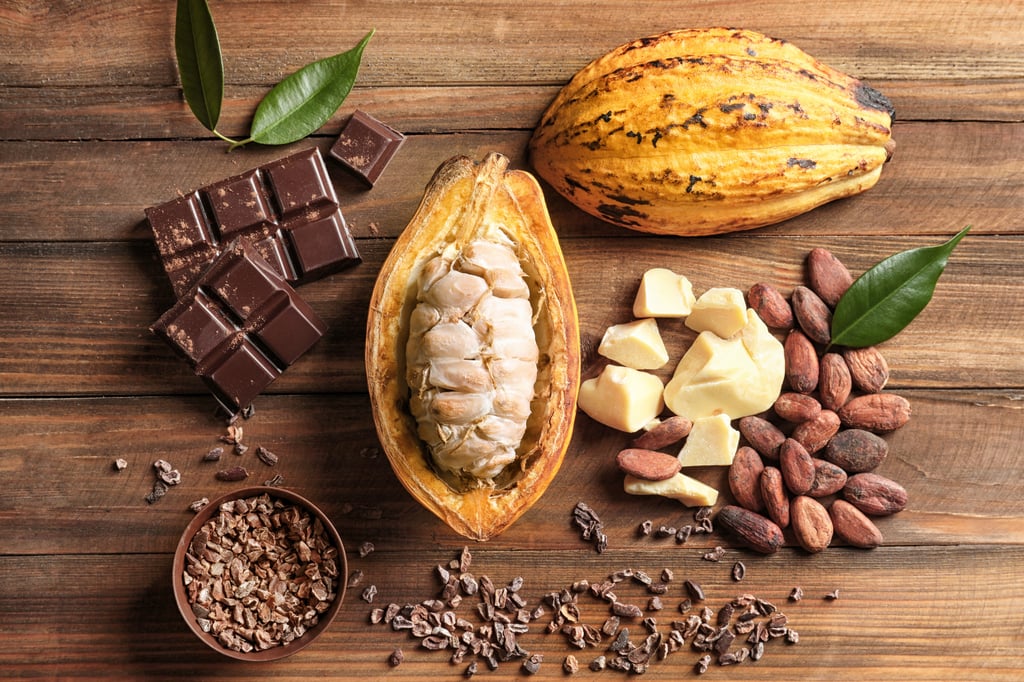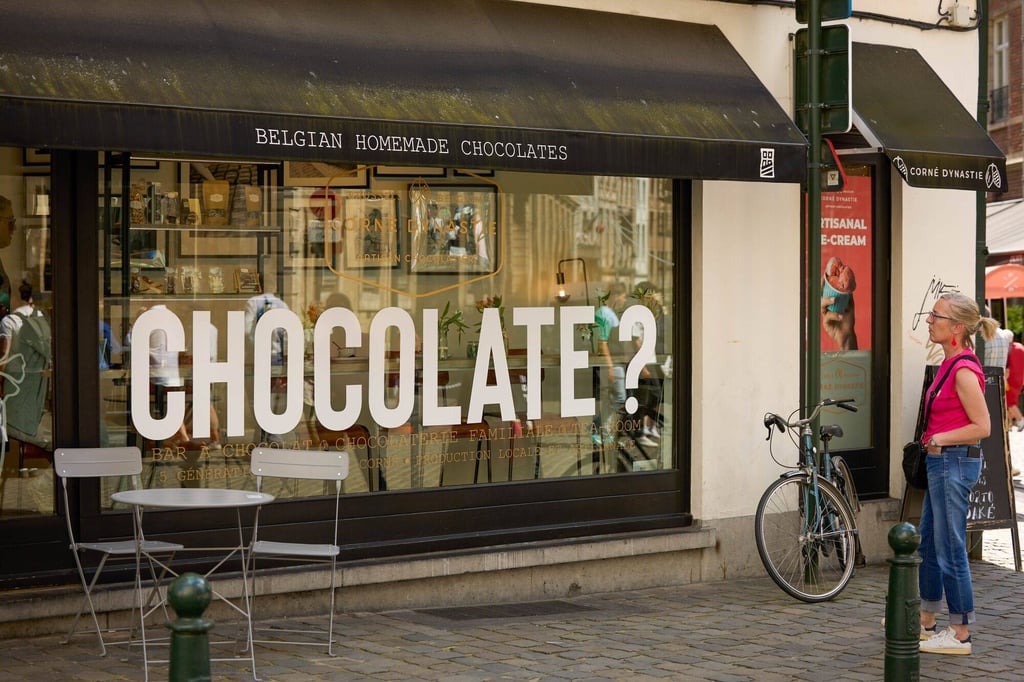World Chocolate Day offers a licence to indulge. Your pick is likely to be a European or American brand: Swiss, French, Italian and Belgian chocolatiers are ranked as producing the world’s finest, while multinational corporations dominating global chocolate are based in the US, UK, France, Italy and Japan.
Yet Europeans had no knowledge of chocolate – nor the word for it – before their 16th-century voyages to the Americas.
Chocolate is, after all, made from the cacao bean (technically, a seed) – which is fermented, dried, roasted and ground to extract cocoa solids and cocoa butter – and the cacao tree is native to the Amazonian rainforest.
Traditional accounts identified Mesoamerica’s Mayans and Aztecs as the first users of cacao. However, recent discoveries of artefacts place cacao’s earliest domestication and consumption in the upper Amazon region of northwest equatorial South America around 3000BC. Some 1,500 years later, it was then introduced to Mesoamerica, where it was consumed by pre-Hispanic cultures along the Yucatán Peninsula, notably the Maya.

The earliest written symbol for the word for cacao was found at fifth-century Maya sites. A drinking vessel excavated in Guatemala not only showed cacao residue on the inside, but also had two glyphs on the outside, deciphered phonetically as kakaw “cacao”. The word widely diffused among Mesoamerican languages.
The Aztecs, who flourished in central Mexico from the 14th to 16th centuries – and were thus the dominant Mesoamerican peoples at the time of the Spanish conquest – also adopted cacao, attributing it special significance as gifts from the god of wisdom, Quetzalcoatl. With the highlands not supporting cacao cultivation, Aztecs demanded their empire pay cacao seeds as tribute, further elevating their value as currency.
Cacao seeds were first encountered by Christopher Columbus on his fourth Americas voyage in 1502. Chocolate was first observed in the court of Montezuma in 1519. Spanish Jesuit José de Acosta’s 16th-century account (translated) noted how “the chief use of this cacao is in a drink which they call chocolate”, describing it as “loathsome … Yet it is a drink very much esteemed among the Indians, wherewith they feast noble men who pass through their country”.
It was thus Nahuatl, the language of one of the Aztecan groups, where the Spanish encountered the words cacaua “cacao” and xocolatl “chocolate”. Earlier origins of the words remain controversial, with proposals of Mixe-Zoque or Uto-Aztecan sources for cacao, and a hybrid of Maya chocol “hot” plus Nahuatl atl “water” for chocolate.

The Spanish, assuming a monopoly of cacao production and control of Mesoamerica, introduced cacao and chocolate to Europe – and beyond. Today the world’s languages can trace their words for cocoa and chocolate along this route.

